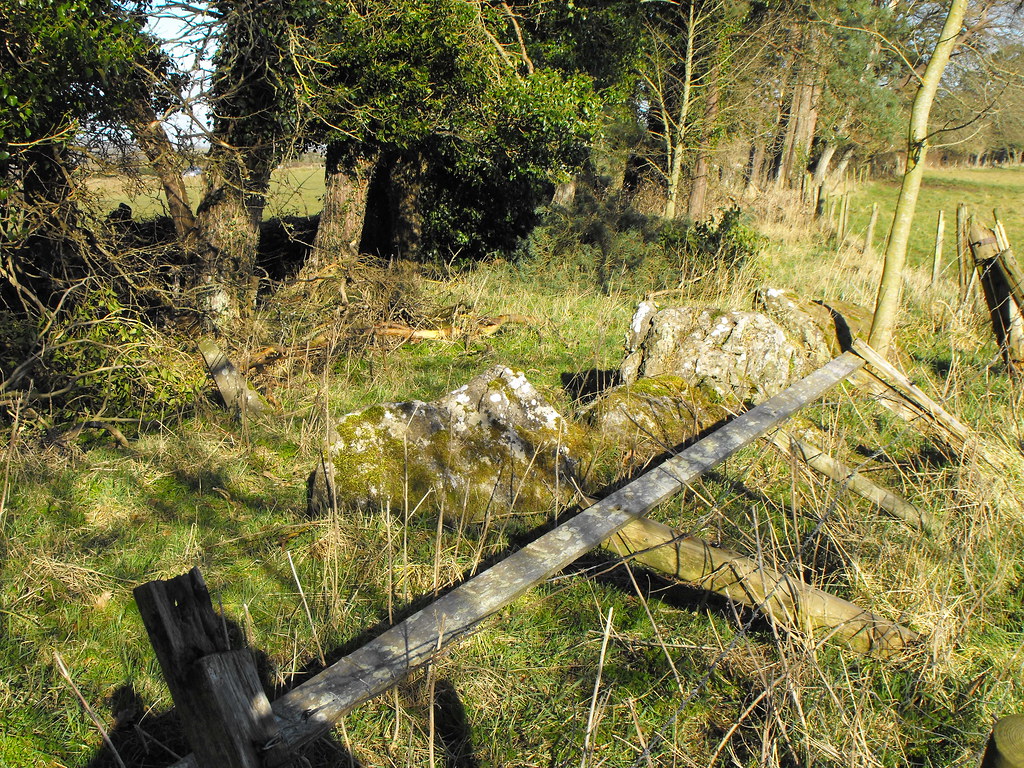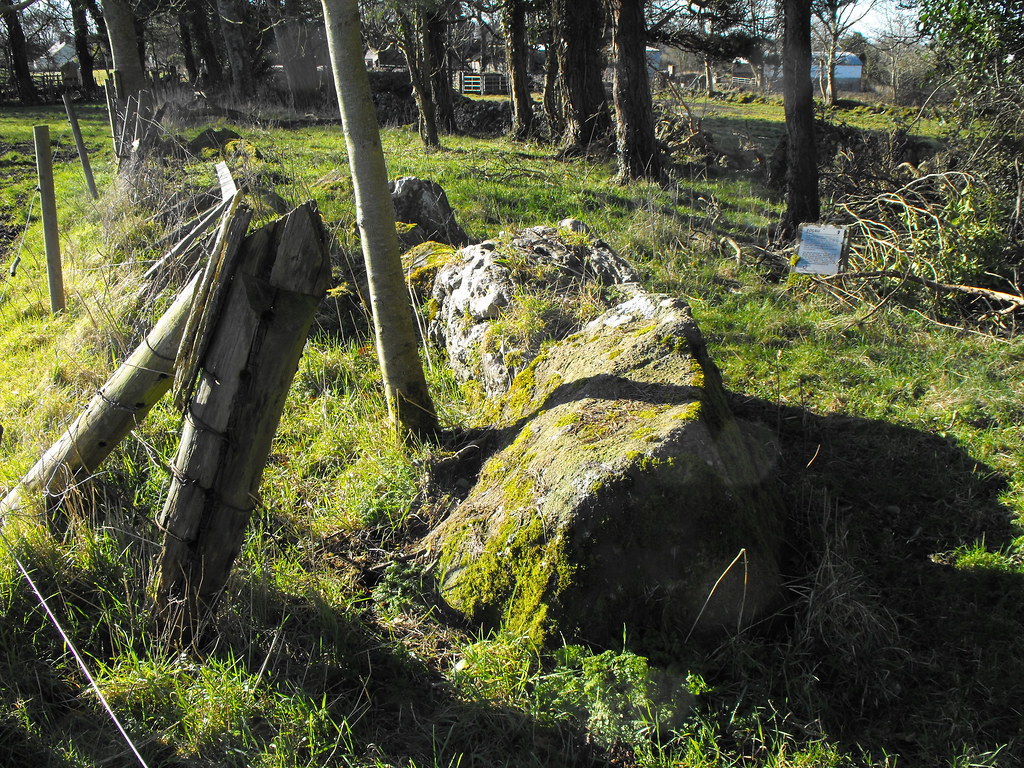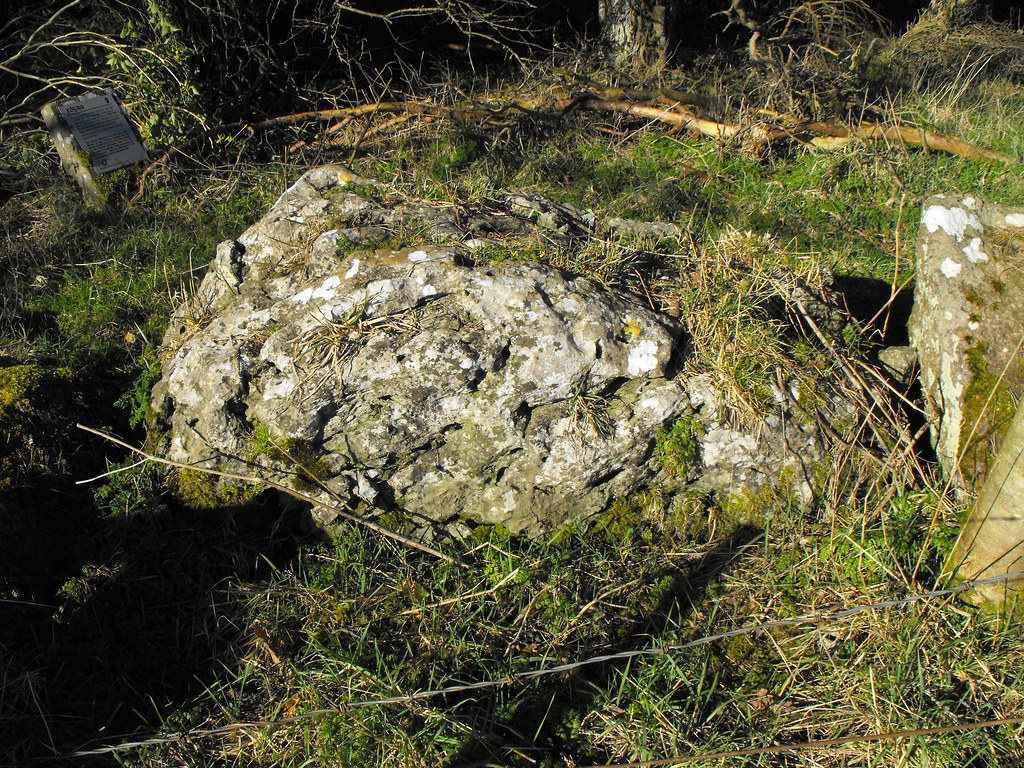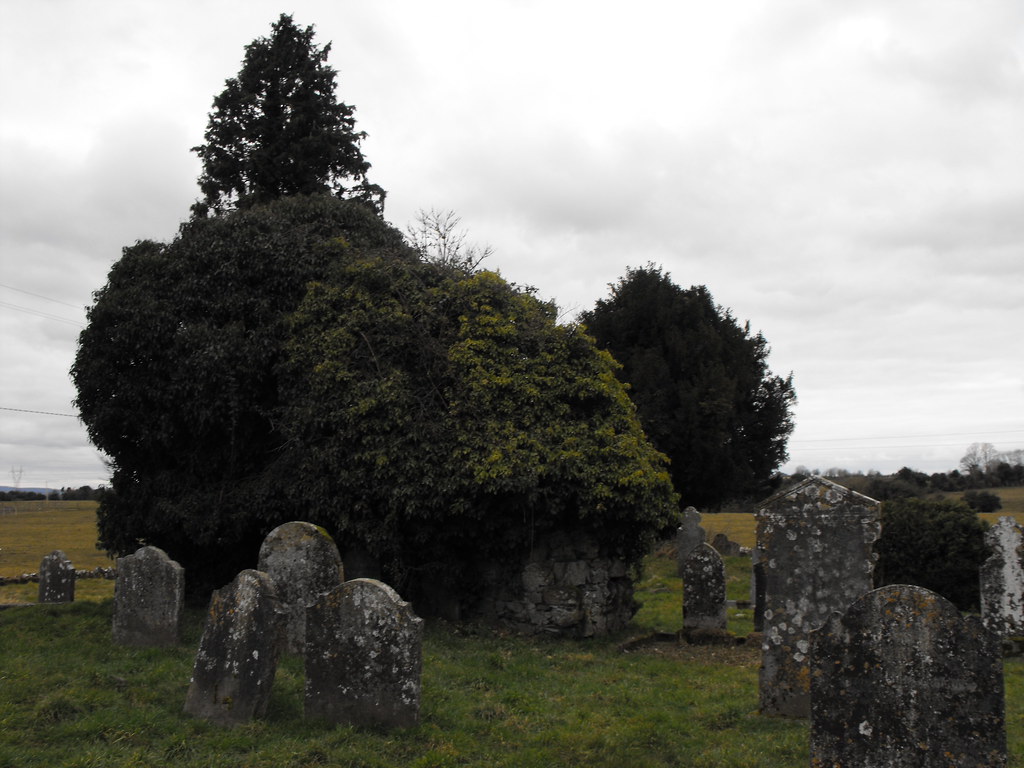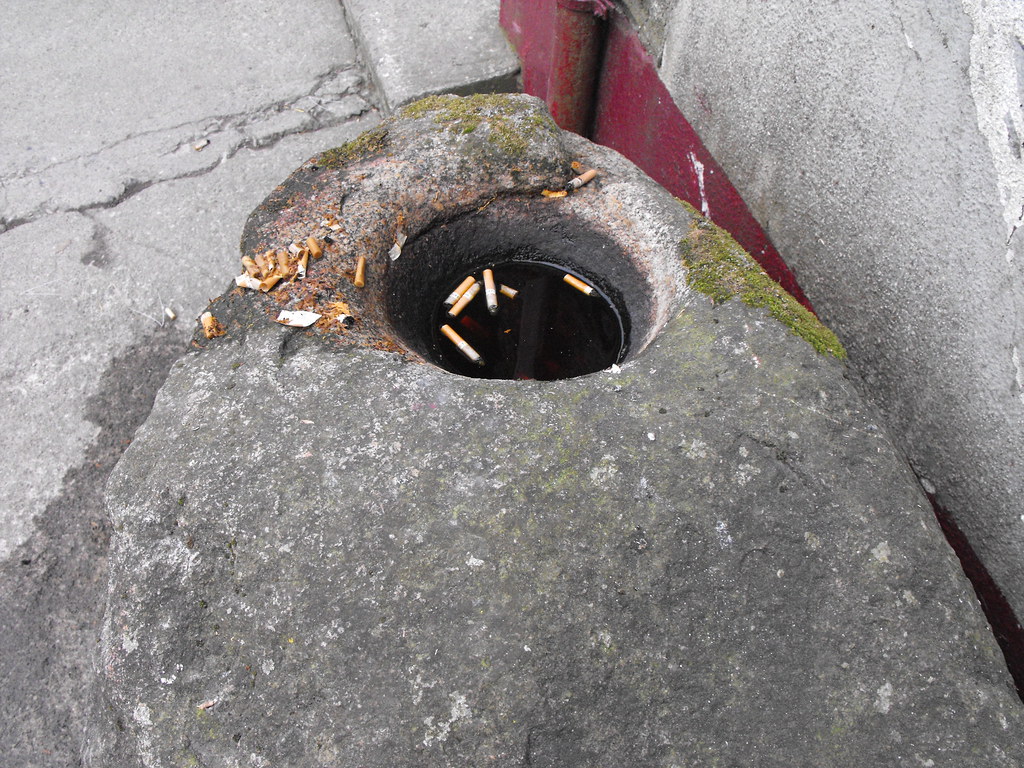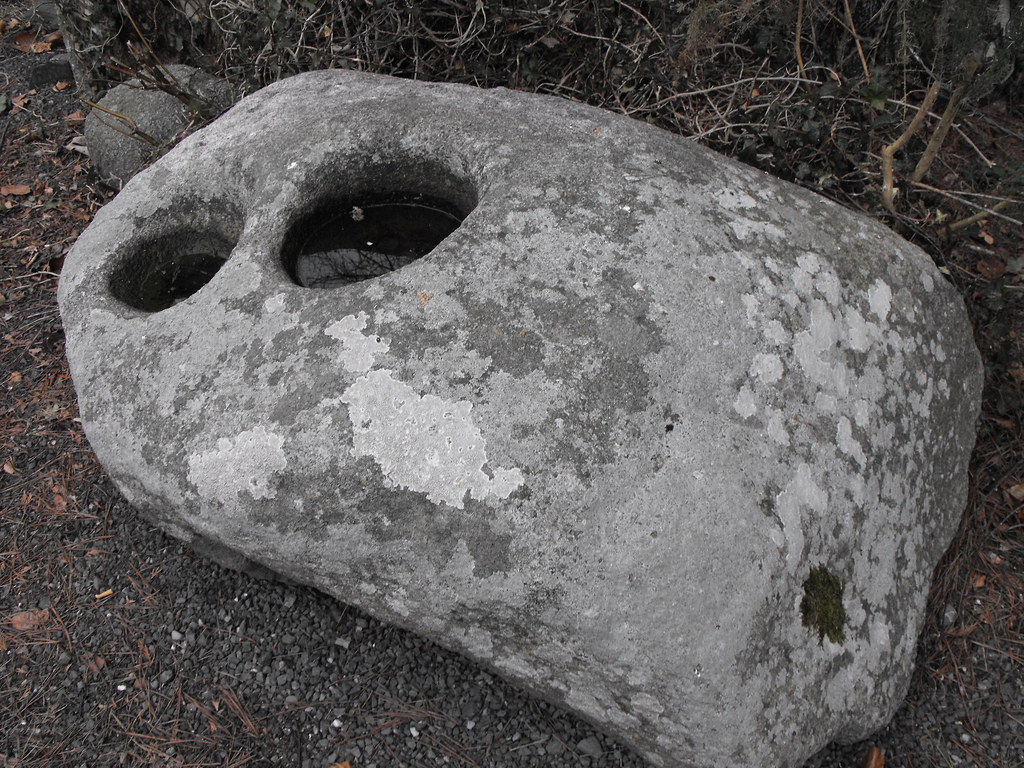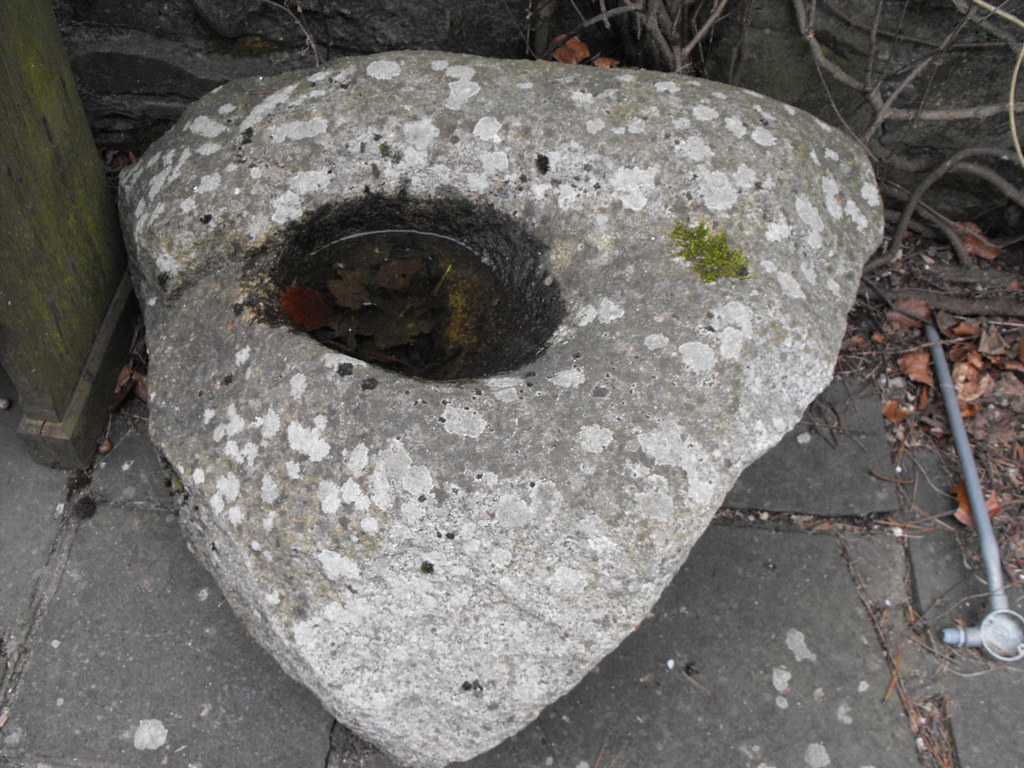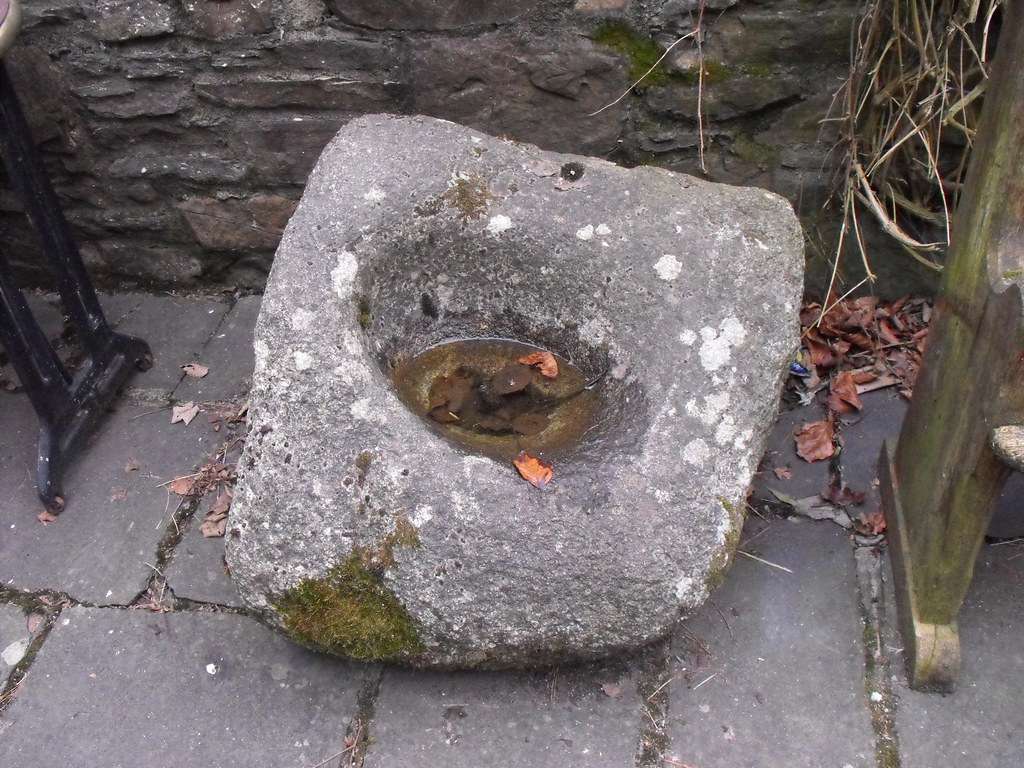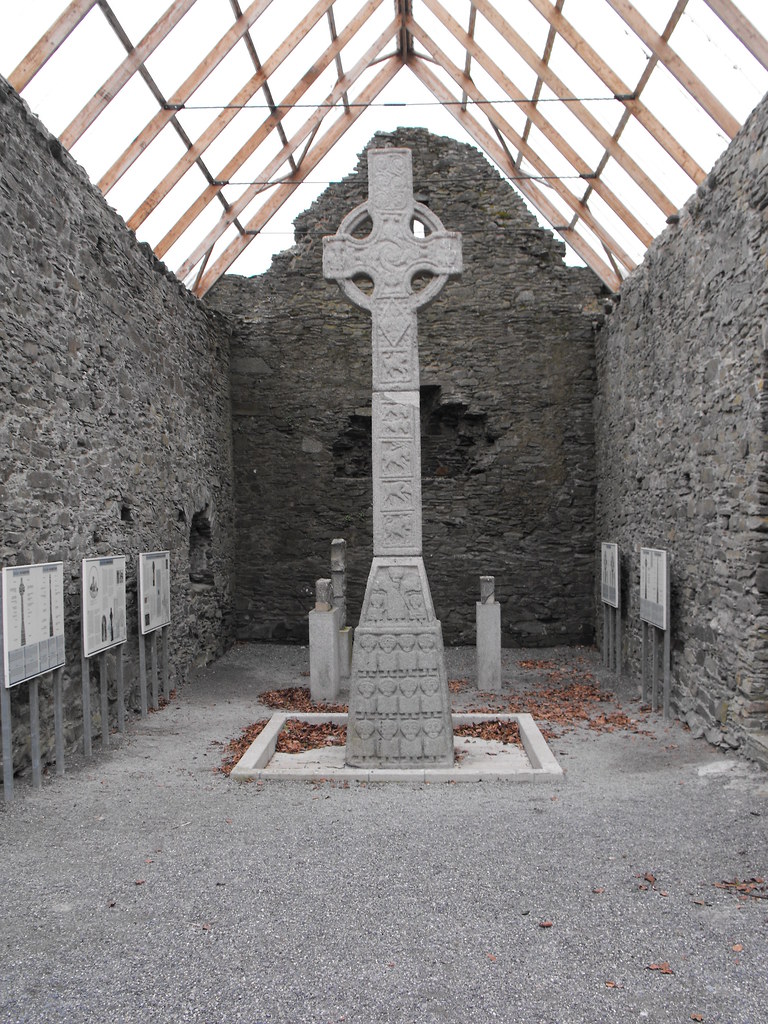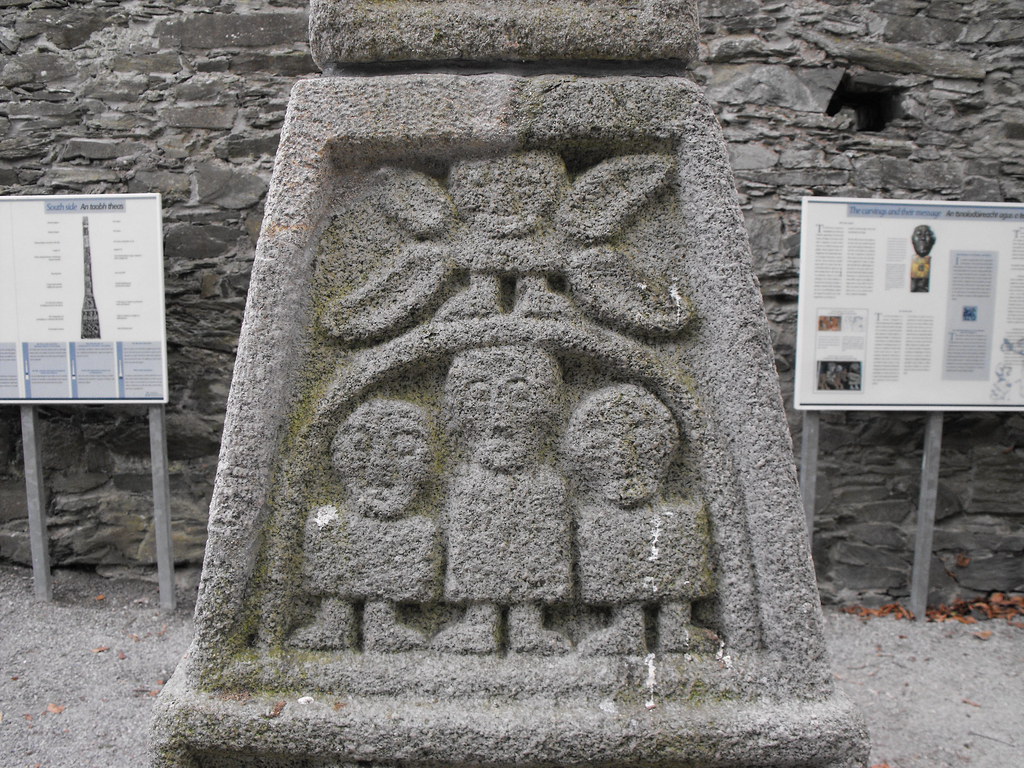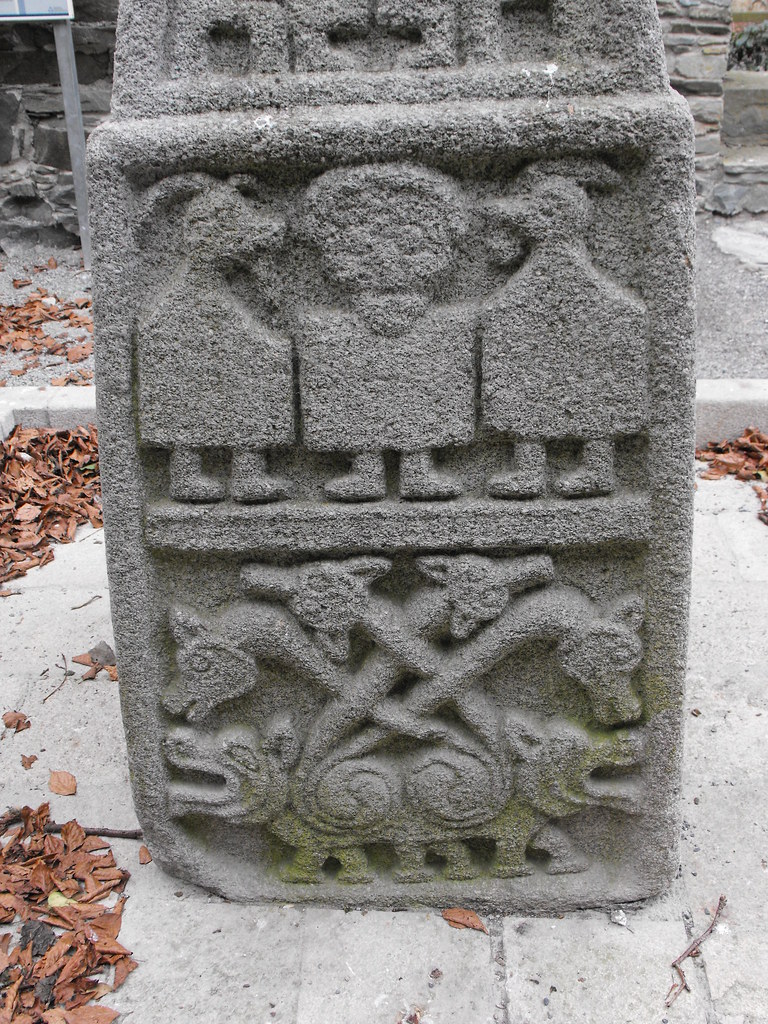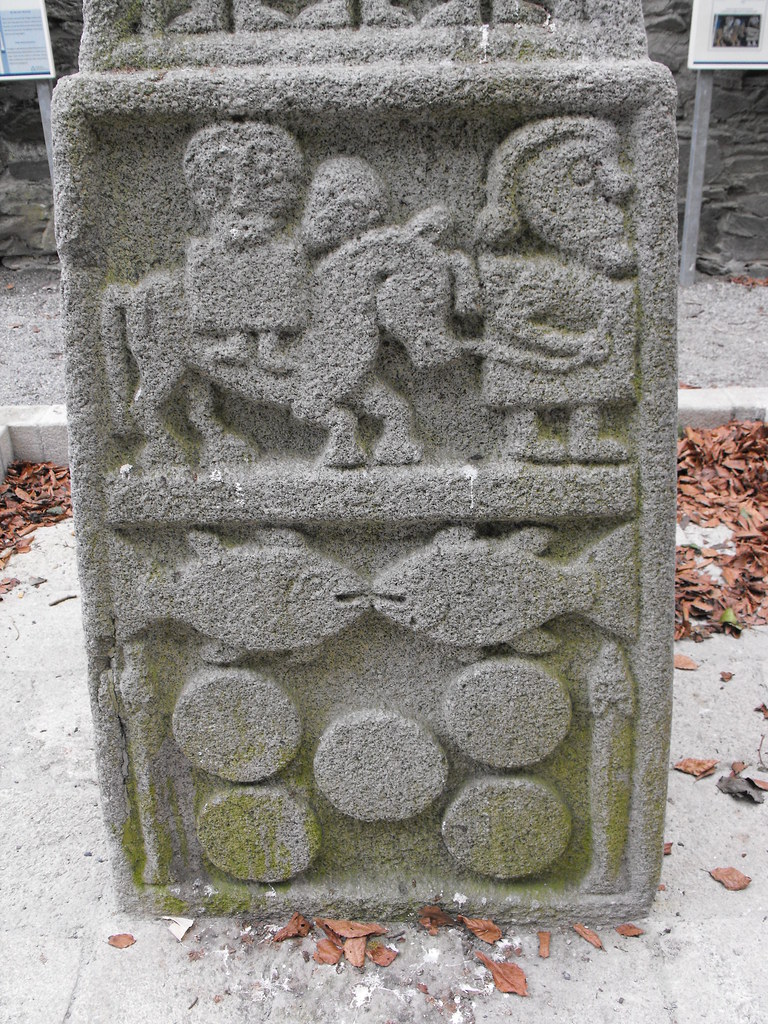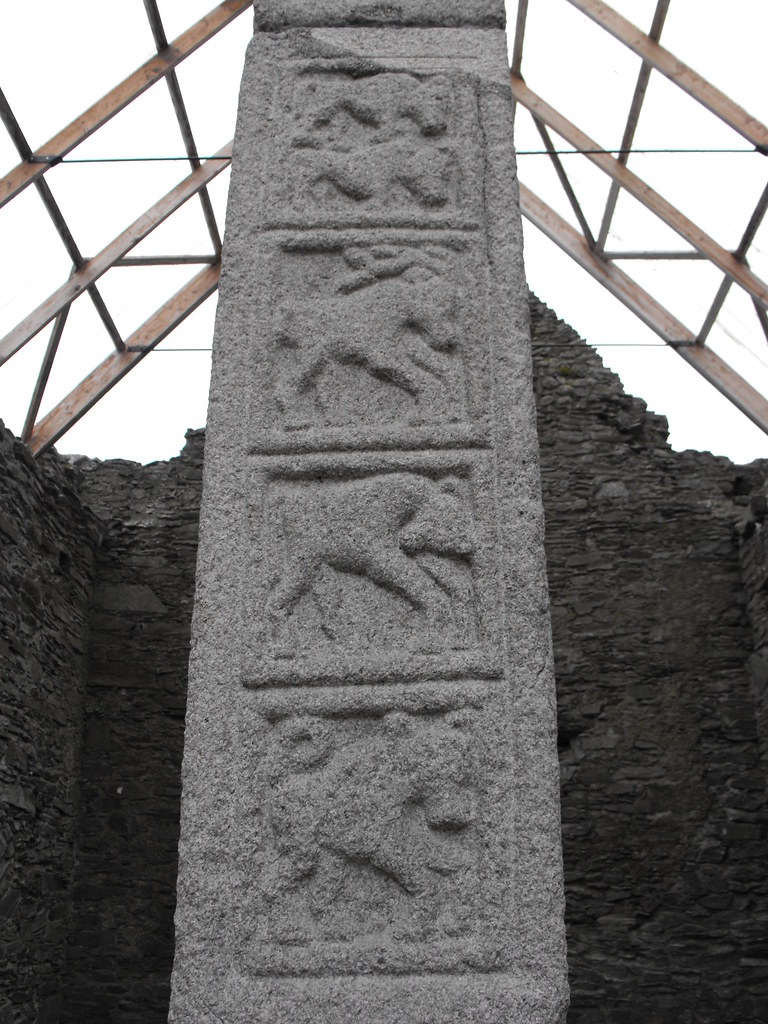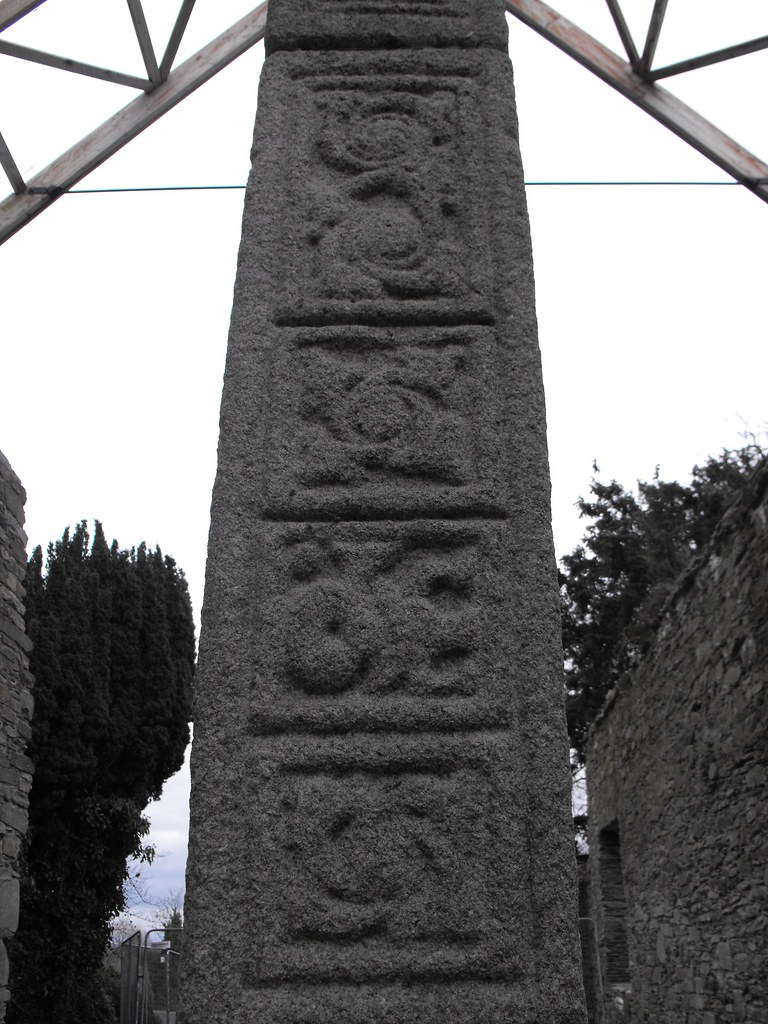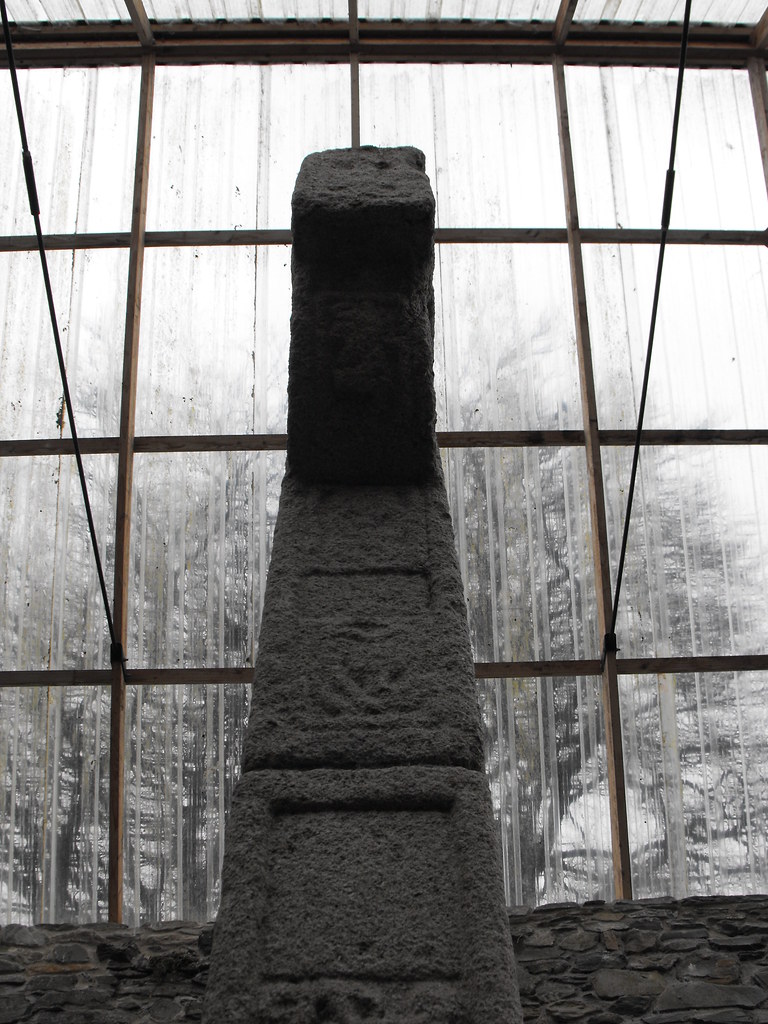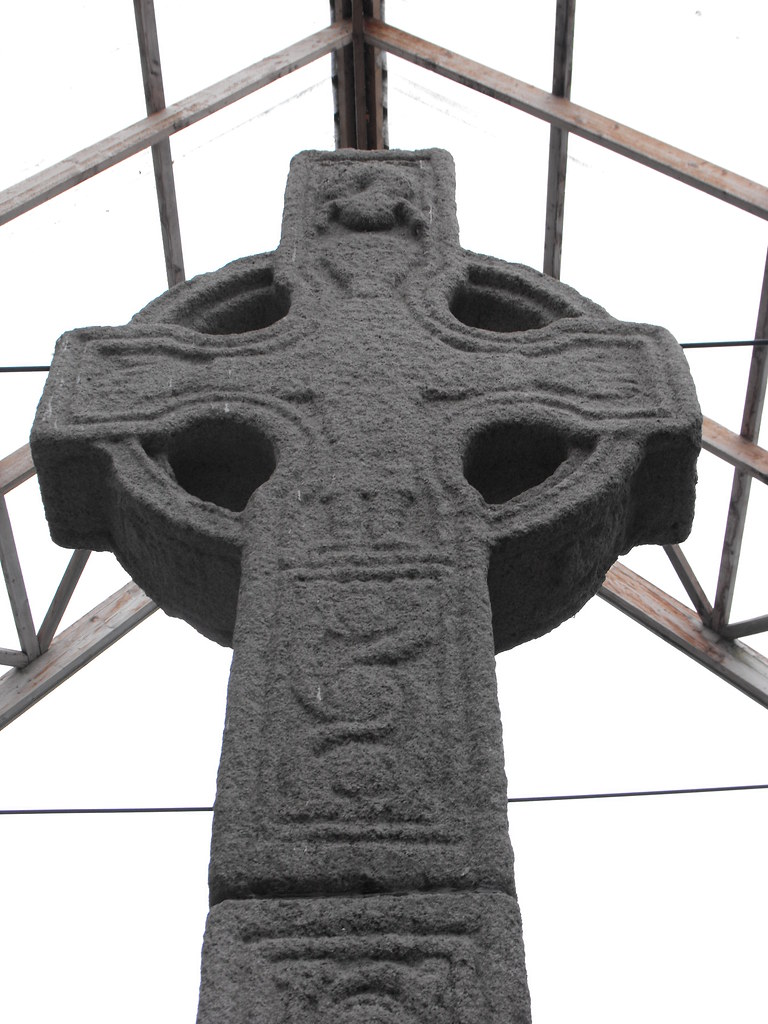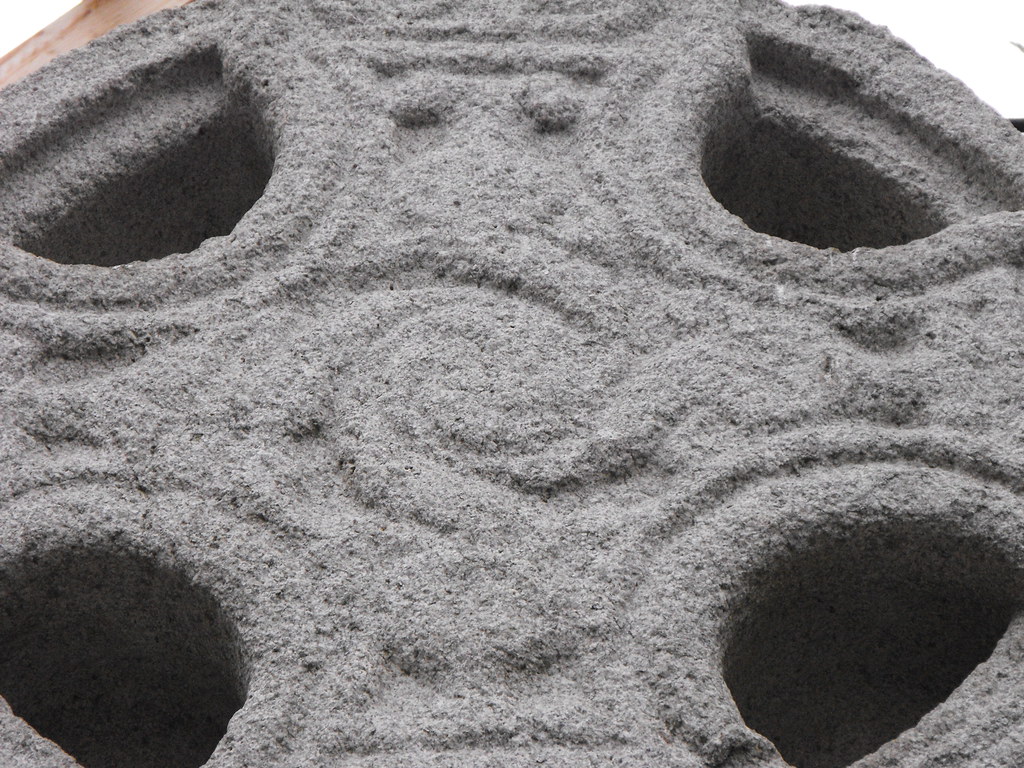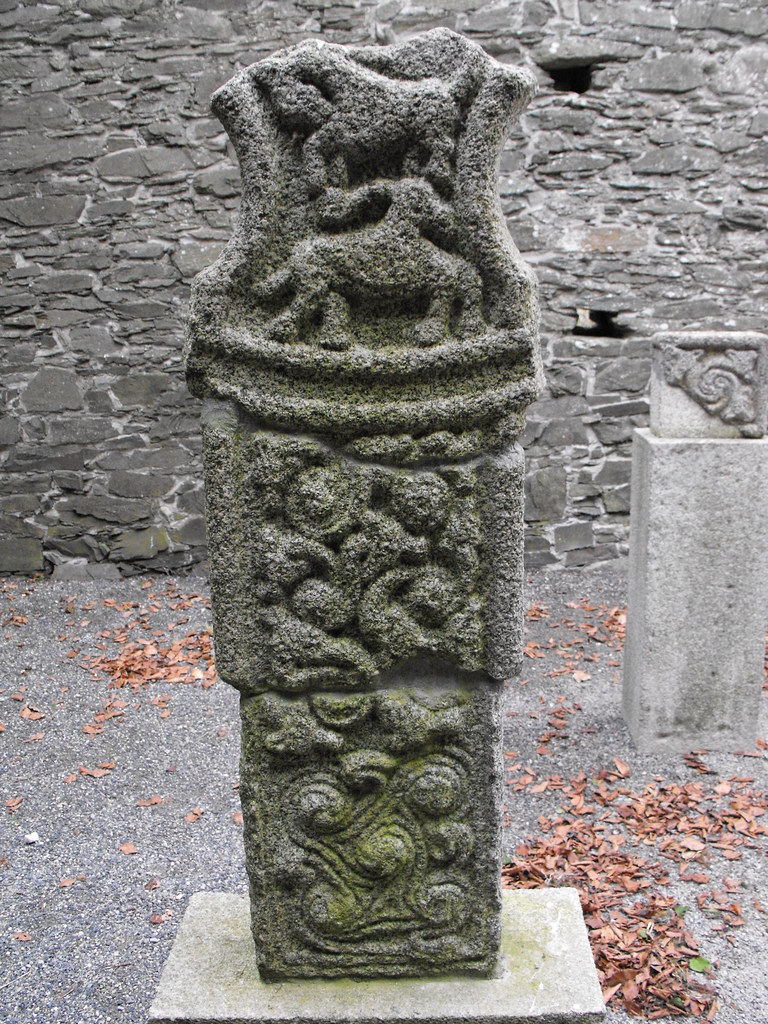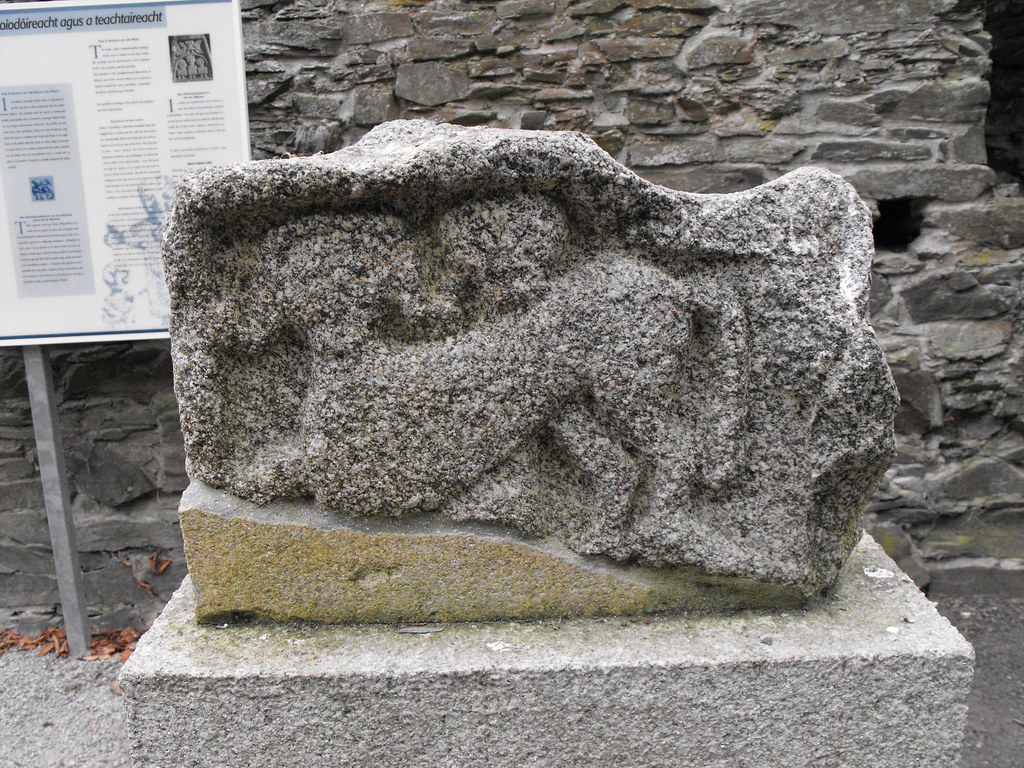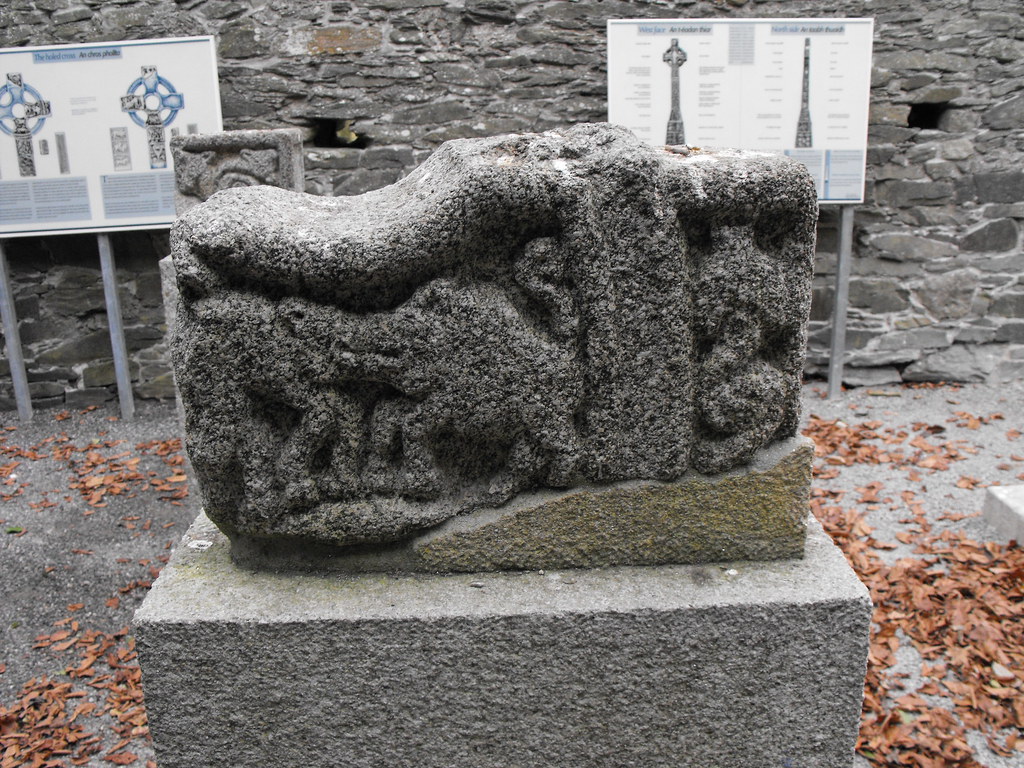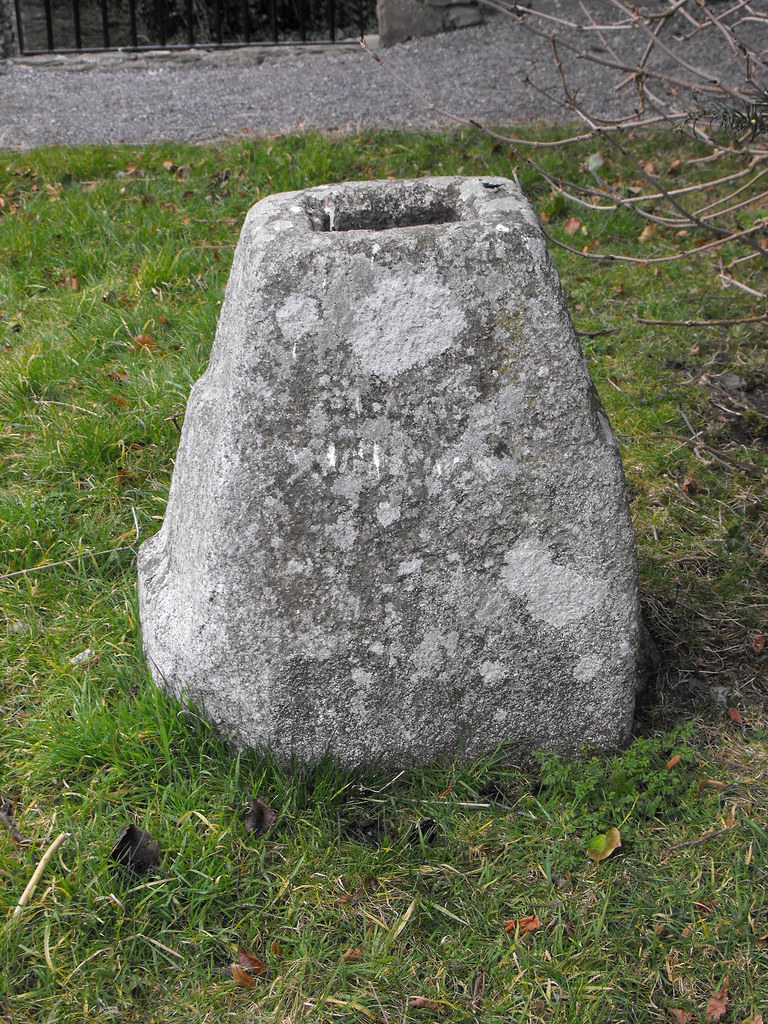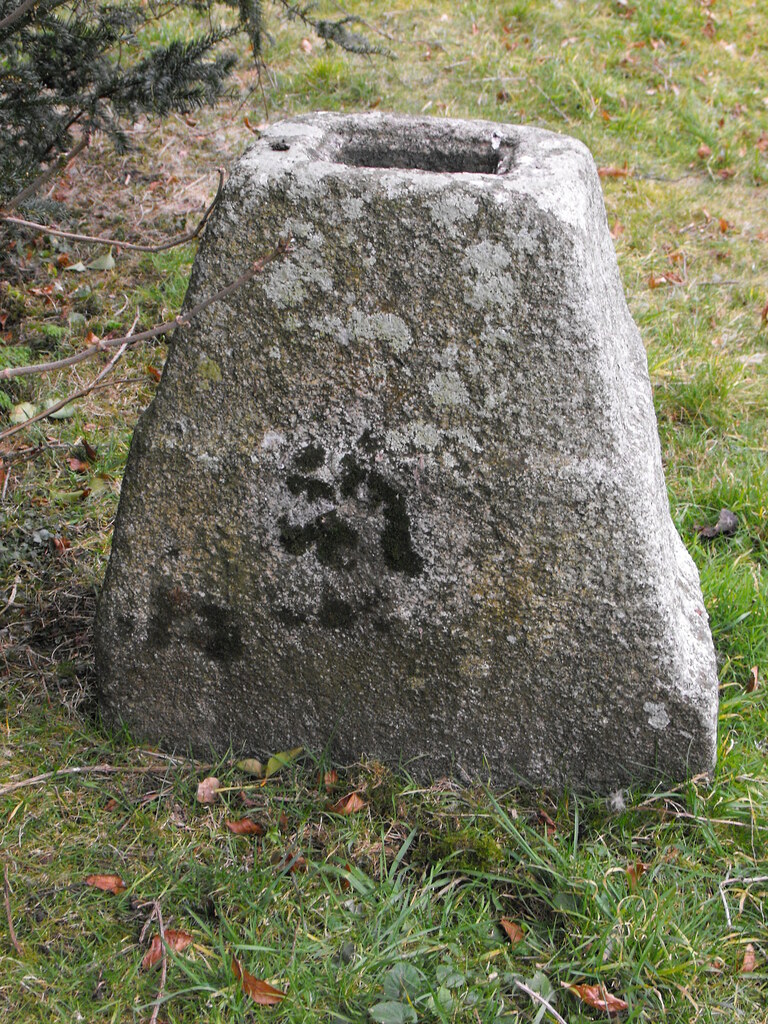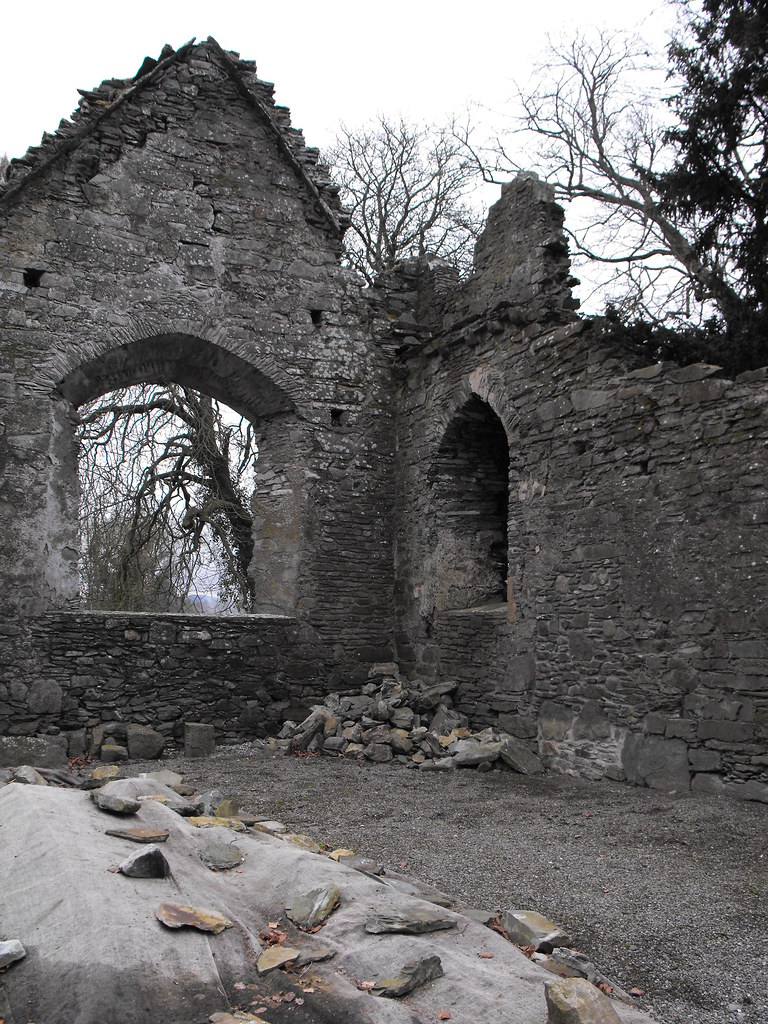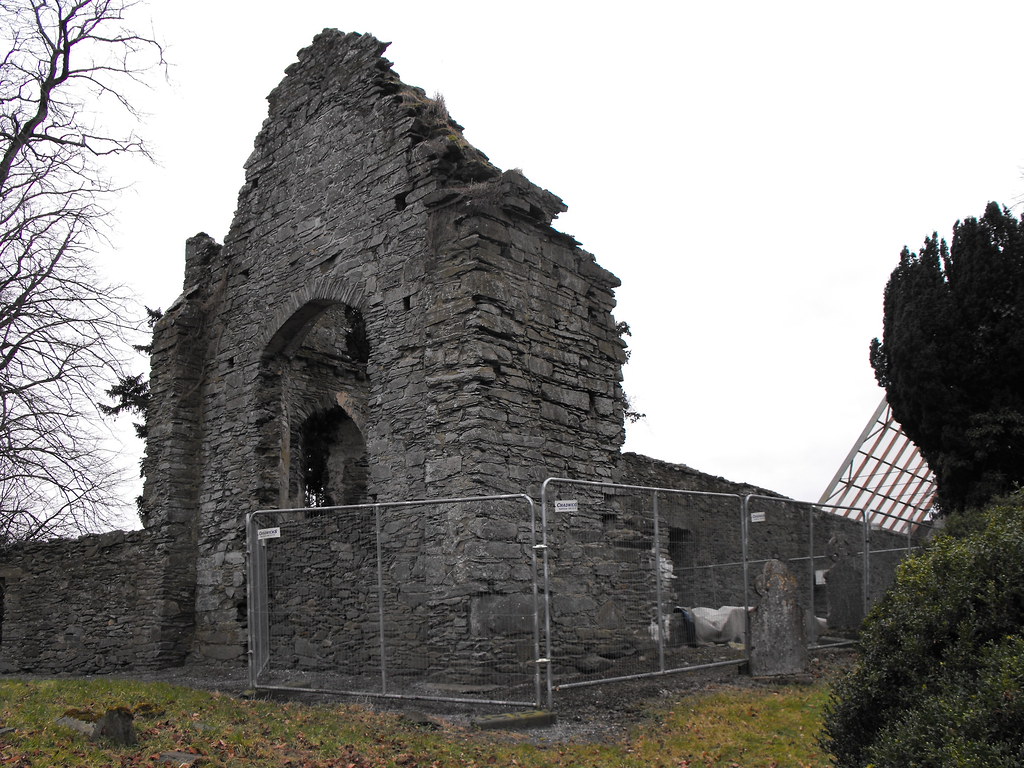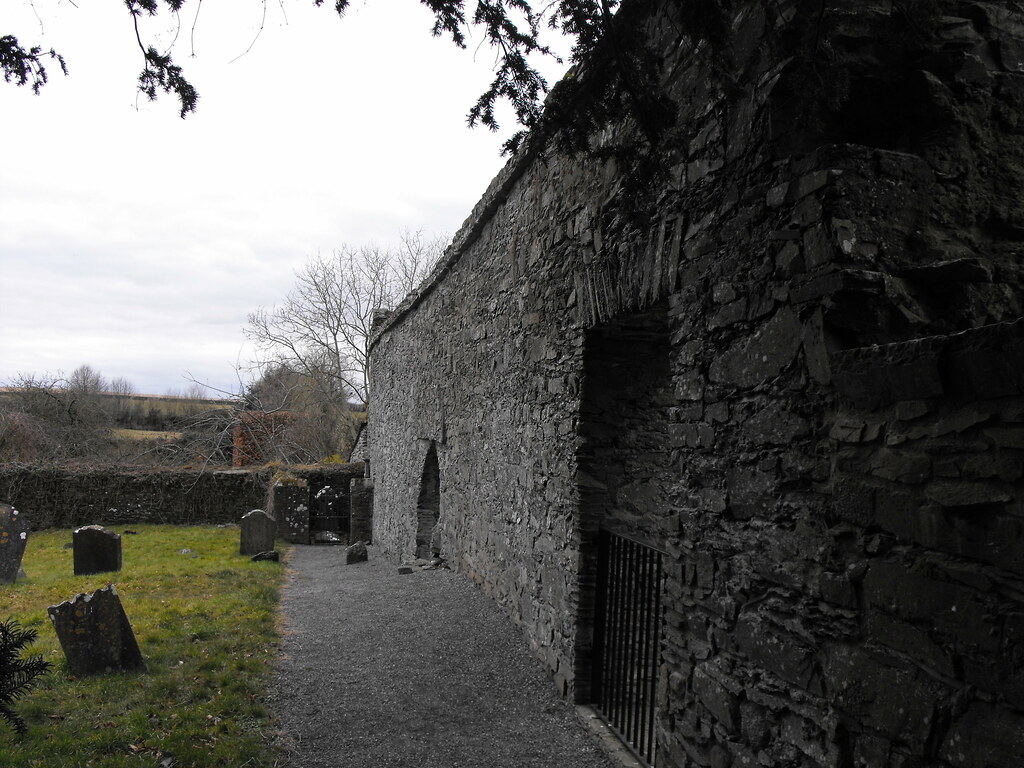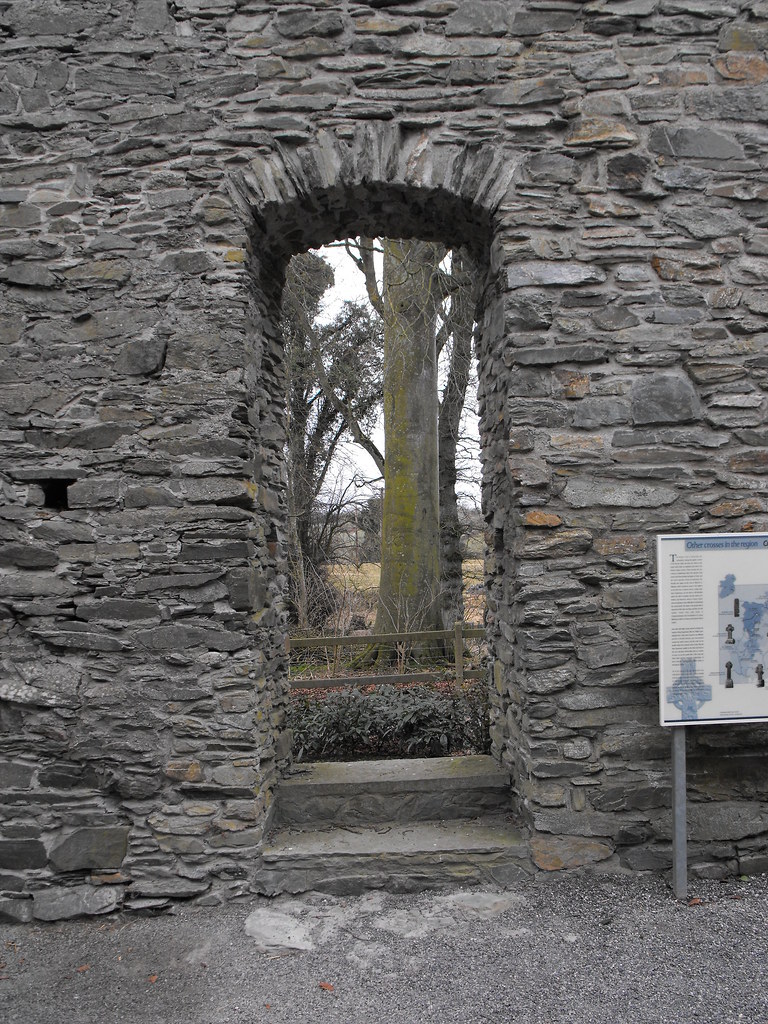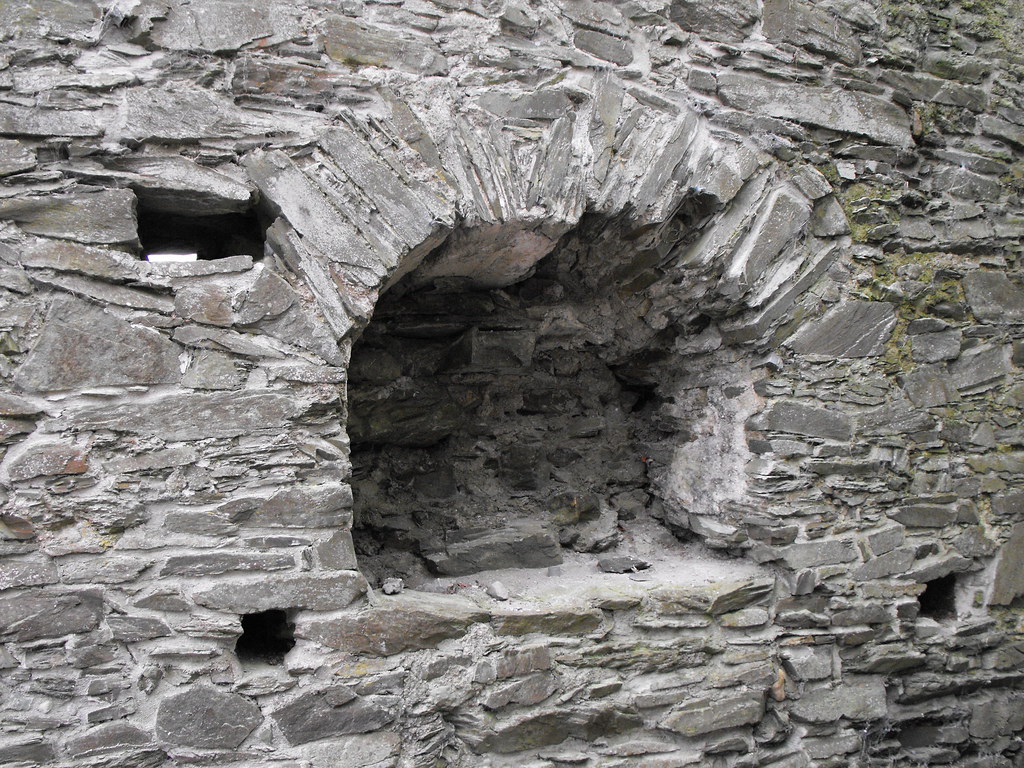Location – This one can be hard to spot. From circle C, walk to the road and the remains of this circle can be seen by the field boundary.
OS: R 633 405 (map 65)
GPS: R (Accuracy: m)
See map at the bottom of the page.
Description and History – Only a loose arc of 9 stones remain of this stone circle and most of these have been just pushed into the field boundary. The stones are much smaller than those of Grange Lios and circle C and this may be why the circle was destroyed because the stones could be easily moved. Based on the present remains is it estimated that the circle was nearly 60m in diameter which would make it larger than the main Grange Lios circle.
Difficulty – Easy enough to get to once you get to circle C, hard to spot if the grass is high.
For more standing stones, click here.
For more sites around Lough Gur, click here.
For more sites in Co. Limerick, click here.
OS: R 633 405 (map 65)
GPS: R (Accuracy: m)
See map at the bottom of the page.
Description and History – Only a loose arc of 9 stones remain of this stone circle and most of these have been just pushed into the field boundary. The stones are much smaller than those of Grange Lios and circle C and this may be why the circle was destroyed because the stones could be easily moved. Based on the present remains is it estimated that the circle was nearly 60m in diameter which would make it larger than the main Grange Lios circle.
Difficulty – Easy enough to get to once you get to circle C, hard to spot if the grass is high.
For more standing stones, click here.
For more sites around Lough Gur, click here.
For more sites in Co. Limerick, click here.
Really not much to see here.
These two appear to be the only ones left in situ.
View The Standing Stone in a larger map

